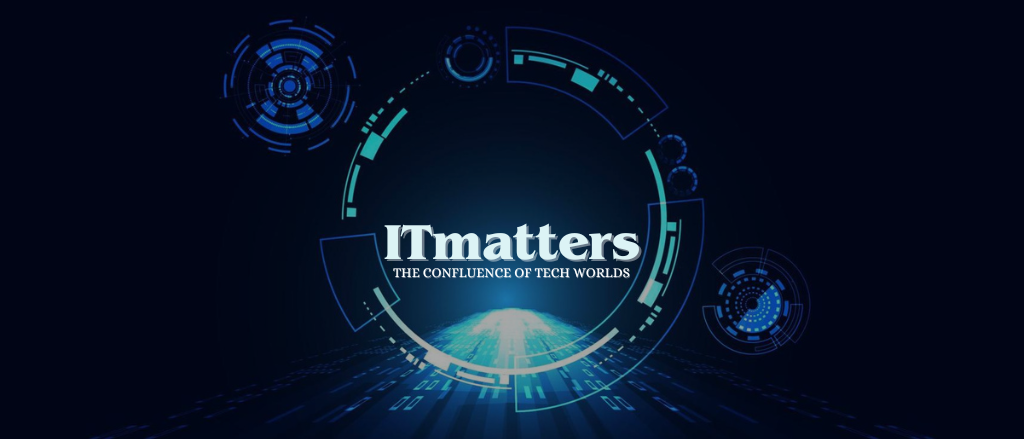AI Benchmarks Unveiled to Test the Speed of AI Applications
Artificial intelligence is evolving rapidly, and so is the demand for faster and more efficient hardware. To measure how well AI applications perform on high-end systems, MLCommons has introduced two new AI benchmarks. These tests aim to determine how quickly advanced hardware and software can process AI-driven tasks.
Why Are AI Benchmarks Important?
Since OpenAI launched ChatGPT, the AI industry has shifted its focus to making powerful hardware that can handle complex AI operations. AI applications such as chatbots and search engines need to process thousands of queries in real-time. This requires hardware that can run AI models quickly and efficiently. The new benchmarks from MLCommons help evaluate the speed and efficiency of AI chips and systems.
What Are the New AI Benchmarks?
MLCommons has designed two benchmarks to test the latest AI models. One of them is based on Meta’s Llama 3.1, a massive 405-billion-parameter model. This test assesses a system’s ability to handle large queries, answer general questions, solve math problems, and generate code. The goal is to see how well AI hardware can process and synthesize information from different sources.
The second benchmark is based on another open-source AI model from Meta. It focuses on improving response times for AI applications. This test aims to make AI responses as close to real-time as possible, similar to how users expect ChatGPT or other AI chatbots to function.
How Does Nvidia Perform in These Benchmarks?
Nvidia submitted several of its AI chips for testing. One of its latest AI servers, called Grace Blackwell, showed impressive performance. This server contains 72 Nvidia GPUs and was up to 3.4 times faster than the previous generation. Even when using just eight GPUs, the new server outperformed older models significantly.
A key factor in Nvidia’s performance boost is the improved connection between chips. AI applications often require multiple GPUs to work together, and faster communication between these chips leads to better efficiency.
Who Else Participated in These Benchmarks?
Alongside Nvidia, system builders like Dell Technologies also took part in the new benchmark tests. However, Advanced Micro Devices (AMD) did not submit any hardware for the 405-billion-parameter benchmark. This means Nvidia remains the leading player in high-end AI hardware for now.
What Does This Mean for AI Development?
These benchmarks highlight the importance of hardware efficiency in AI applications. Faster AI models will improve search engines, chatbots, and other AI-powered tools. Companies investing in AI hardware can use these benchmark results to enhance their products and optimize performance.
As AI models grow larger and more complex, hardware manufacturers will need to keep improving their designs. Future benchmarks may introduce even tougher challenges, ensuring AI systems remain fast and reliable.







Leave a Reply